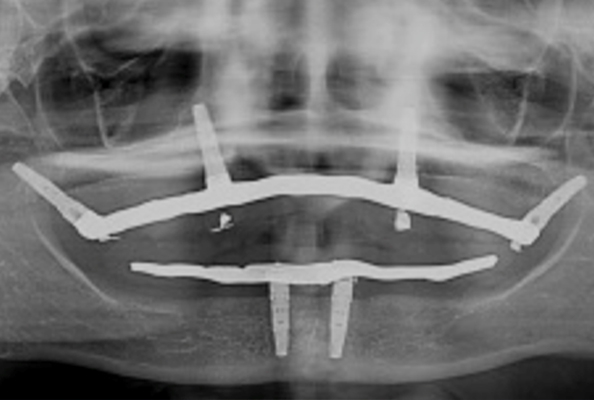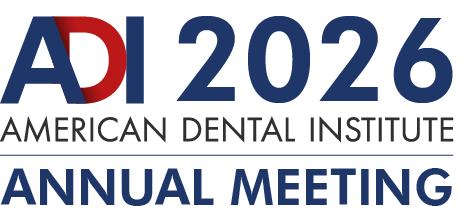Pterygoid implants are a powerful tool in implant dentistry, particularly when treating patients with severe posterior maxillary atrophy or insufficient bone volume. The ability to anchor implants in the pterygoid region—a dense area of bone near the sphenoid bone—has allowed clinicians to restore function and aesthetics without the need for complex bone grafting or sinus lift procedures. However, placing pterygoid implants requires advanced techniques, careful planning, and precise execution.
In this step-by-step guide, we’ll walk you through the process of pterygoid implant placement, from initial assessment to postoperative care. This guide is designed for trained dentists who are familiar with implantology but wish to deepen their understanding of pterygoid implants and their application in challenging cases.
Step 1: Comprehensive Preoperative Evaluation
The success of pterygoid implant placement depends heavily on proper planning and patient selection. A comprehensive evaluation should be done to assess the suitability of pterygoid implants for the specific clinical case.
Key Elements of Preoperative Assessment:
- Clinical Evaluation:
- Review the patient’s medical history, particularly any conditions that may affect bone healing (e.g., diabetes, autoimmune disorders).
- Assess the general health of the oral cavity, including the condition of the soft tissues and the presence of any infections or inflammation.
- Evaluate the occlusion and ensure that the patient’s bite can accommodate implant-supported restorations.
- Imaging:
- CBCT (Cone Beam Computed Tomography) is essential for detailed 3D imaging of the maxillary anatomy. It provides accurate measurements of the available bone in the posterior maxilla, as well as critical anatomical structures like the sinus, neurovascular bundles, and the pterygoid plates.
- Measure the bone height and bone density in the posterior maxilla, especially around the pterygoid region, to determine the ideal implant length and size.
- Assess the angulation and the positioning of the pterygoid plate to determine the best approach for implant placement.
- Treatment Plan:
- Based on the CBCT scan, plan the number and placement of pterygoid implants. Typically, two implants are placed in the pterygoid region, often in combination with other implants in the anterior maxilla for full-arch restorations.
- Decide on the implant type (e.g., angled implants, short implants, wide-body implants) based on the available bone and the planned restoration.
Step 2: Anesthesia and Patient Positioning
For a comfortable and controlled surgical environment, it’s essential to choose the right anesthesia and patient positioning.
- Anesthesia:
- Local anesthesia is generally sufficient for pterygoid implant placement. A combination of lidocaine and epinephrine can be used for both local anesthesia and hemostasis.
- In cases of anxious or uncooperative patients, conscious sedation or general anesthesia may be indicated, especially if multiple implants or complex procedures are involved.
- Patient Positioning:
- Position the patient supine (lying on their back) with the head slightly tilted back and the chin elevated. This position provides optimal access to the posterior maxilla and ensures good visualization during the procedure.
- Proper positioning of the head and neck minimizes the risk of complications during surgery and provides a stable working environment for the dentist.
Step 3: Incision and Flap Design
Creating a proper surgical flap is essential to gain adequate access to the pterygoid region and place the implant with precision.

Get full access to this article, many others published weekly, and a library of exclusive resources by becoming an ADI MEMBER today. Stay informed, expand your knowledge, and connect with leading professionals in dentistry.
Already a member? Login Now













